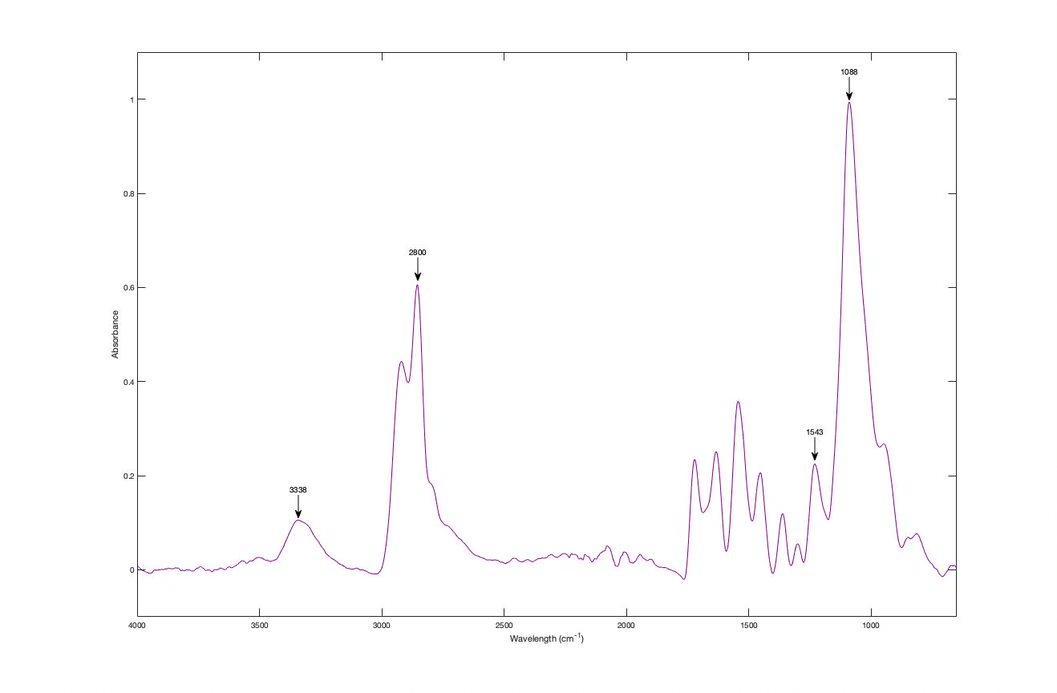PUR, PU

Inventors: Otto Bayer (1902–82), Farbenindustrie, Germany
Invented: 1937 (The early polymer was not suitable for coatings)
Commercially available from: 1941, I G Farbenindustrie. Germany
Trade names: Perlon U (the early fibre), Insqin (a polyurethane dispersion from Covestro)
Commonly used starting materials: petroleum; natural gas
Principal characteristics: lightweight, waterproof, flexible; resistant to mould, mildew and pests
Principal uses: initial use was as a short-lived fibre similar to nylon. Ongoing use as a fabric coating for imitation leather, sportswear and industrial clothing. Closely related to elastane (see above).
Environmental impact: made from a non-renewable resource in a high energy process. However, it has significant uses beyond the textile industry fostering sustainability as for example in the insulation of buildings
Care and signs of degradation: In some cases migration of plasticisers to the surface can lead to the garment becoming sticky. Removal of this sticky material is only a temporary solution as more
of the plasticiser will migrate eventually leading to brittleness. Thus, polyurethane garments are best stored wrapped in silicon release paper to avoid adhesion enclosed in a container in either acid free
costume boxes or encased in calico slings/covers in a cool environment. Migration of plasticisers to the surface can lead to the garment becoming sticky. Removal of this sticky material is only a temporary solution as more of the plasticiser will migrate eventually leading to brittleness. Thus, polyurethane garments are best stored wrapped in silicon release paper to avoid adhesion enclosed in a container in either acid-free costume boxes or encased in calico slings/covers in a cool environment.
Recyclable? No
Biodegradable? No
Potential narratives:
- contribution to technical textiles for specialist situations.
- animal welfare: substitute for leather.
Documented garment exemplars:
- Levi's Engineered Jeans 'twisted' full-length coat of a cotton and lyocell blend with detachable lining of a wool and polyester blend - see 2000s
- Stone Island Spaceman reversible metallic coat of cotton with polyurethane coating and liner of polyester - see 2000s
- Vollebak Graphene Jacket, one side of graphene coated polyurethane, the other of a nylon and elastane blend - see 2010s
